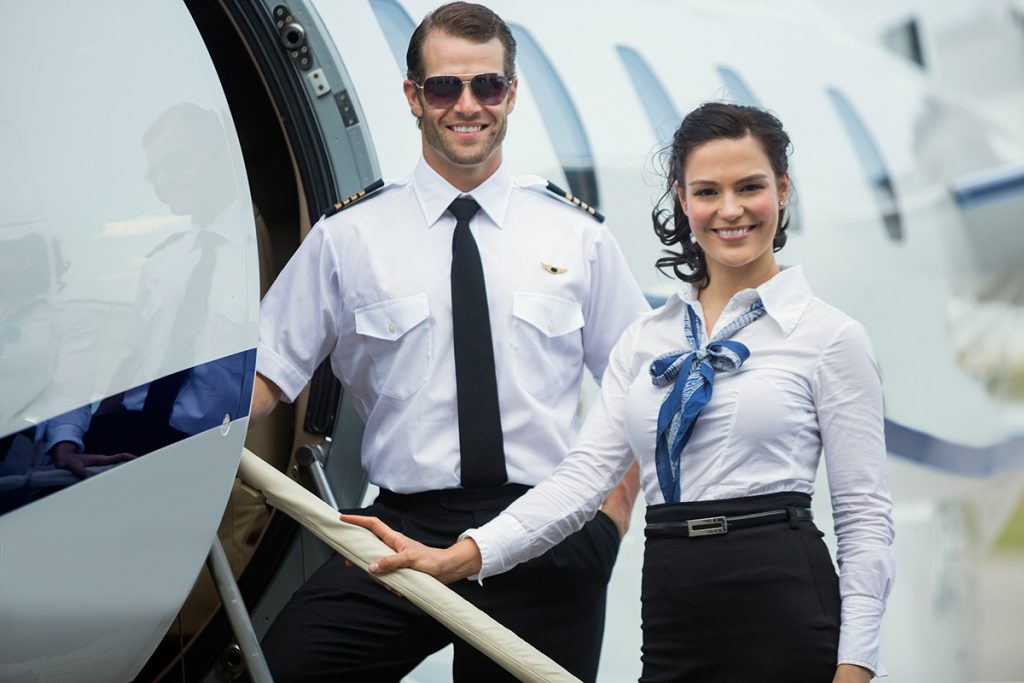
By Bob Hobbi
September 29, 2023
In business aviation, we’re acutely aware that safety is of utmost importance. In fact, it’s the number one service that we offer. It is very evident that safety is paramount in everything we do, from the design and construction of aircraft, to maintenance schedules and daily aircraft operations. Safety is not just a legal requirement; it is also a moral imperative. We owe it to ourselves, our passengers, our employees, and our communities to operate our aircraft safely and responsibly.
Pilots, technicians, dispatchers and other members of aviation teams undergo extensive training to ensure they are equipped with the knowledge and skills necessary to maintain a safe environment. We also invest in the latest technology and equipment to ensure that every aspect of our operation is as safe as possible. From advanced avionics to state-of-the-art maintenance equipment, we spare no expense when it comes to safety.
However, technical skills training should just the beginning. We can invest in the best technology and most intense technical training, but human factors is a crucial element in any successful safety management system. Safety is a social phenomenon; regulations and SOP’s need to be brought to life and demonstrated by everyone from the front-line employees to the top executives. A robust safety culture is one in which the scheduler picks up a piece of trash he sees on the ramp because he knows the impact it could potentially have on an aircraft engine. A technician who’s recently completed training admits that she could use some additional training. An SIC questions a PIC about a non-standard procedure or rushing past checklist items to save time.
For us in business aviation, safety is a core value. In our organizations, we should all be asking ourselves “am I continuously looking for improvements, including learning from mistakes and sharing best practices?”
One of the key components of adopting “Safety is the #1 Service” is to address the conflict between safety and service. We all know there are times when our focus on service can put pressure on maintaining the integrity of our safety procedures. To help avoid this pressure, our culture needs to view safety and service in parallel and not in conflict. We need to equip each team member with the empathetic understanding, confidence and vocabulary to address unsafe requests with responses that underscore safety as the number one priority.
Communication is critical to promoting safety. Communication should be clear, concise, and consistent. It should involve all stakeholders, from employees to customers to regulators. Communication should also be timely so that everyone is aware of safety concerns and can take appropriate action. Working cohesively in an open and transparent work environment encourages all team members to keep communication flowing and immediately alert others when we observe a potential problem.
Your safety culture is the number one service you offer your customers and our co-workers. Creating a culture of safety requires intentionality with the most important asset you have – your people. As leaders, we need to ensure we have comprehensive human factors training in addition to technical courses. Want to accelerate your own efforts to build a culture of safety? ServiceElements’ programs help solidify organizational culture, strengthening teamwork and improving communication. By working together to make safety our number one service, we can ensure that air travel remains safe, reliable, efficient, and enjoyable for everyone.